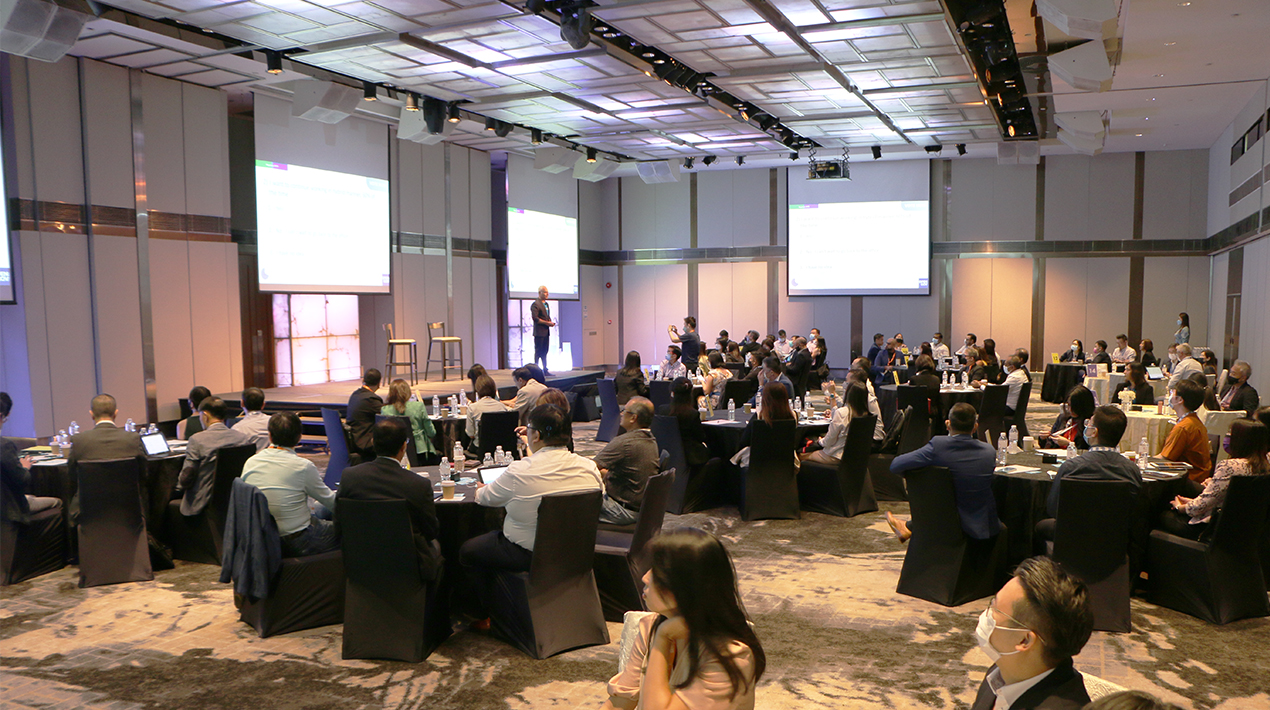
Both the public and private sectors across the world acknowledge that digital technology has the power to change and improve society and create an ecosystem that works well and is interoperable.
Singapore has been on the cutting edge of digital transformation, the use of technology and innovation. Its success is largely due to the effort and resources the government has put into building digital skills and deploying products and services online.
As Singapore speeds up its efforts to build on its Smarter Nation goals, technology will only become more central to its digital strategy.
Despite this, organisations and agencies struggle to gain the most value from their data because of legacy systems and limited analytics capabilities. They often deal with the problems that are commonly associated with outdated infrastructure – high costs, bad data quality, different data sources and varied formats. They may have a lot of data but cannot garner the actionable insights they need.
These organisations need a view of all available data that is complete, integrated and can be trusted. They should be able to get the information they need whenever they needed it, quickly and without duplication or redundancy.
In this scenario, AI holds tremendous appeal because it holds the potential to improve processes, boost productivity and affect both the top and bottom lines of a business. Improvements in data and analytics have made it possible for early adopters of AI across a variety of industries around the world to move beyond experiments and quick wins and show others how to reach success.
The OpenGov Breakfast Insight on 25 August 2022 offered the most recent information on how organisations can make better use of the transformative power of smart analytics, machine learning, and artificial intelligence for smarter policy-making, to reimagine service delivery and deploy more efficient operations.
Shaping the Future with Smart Technologies

The session’s opening remarks were made by Mohit Sagar, CEO & Editor-in-Chief, who is deeply convinced that Singapore’s next phase of nation-building depends on Smarter Nation.
“Governments and corporations all around the world have acknowledged the transformative power of digital technology and its capacity to improve society and create an interoperable and effective ecosystem,” observes Mohit.
Singapore is stepping up its attempts to become a “Smarter Nation,” and technologies will only become more valuable resources and tools. The country will be able to better utilise the power of these enabling technologies if they have a strong digital strategy in place.
Due to legacy systems and limited analytics capabilities, organisations struggle to realise the value of their data, leaving them data-rich but insight-poor. They frequently have to cope with the expensive, unreliable and inconsistent data sources and formats that come along with poorly captured, unstructured volumes of data without ever reaping any of its alluring advantages.
Such organisations require a thorough, seamless and reliable understanding of all the data they possess. They should be able to remove overlapping, redundant tools and systems and have access to the data they require when they need it.
AI holds the promise of enhancing procedures, boosting productivity and impacting both the top and bottom lines of businesses. Data and analytics advancements have enabled early adopters of AI across industries and geographies to move beyond experiments and fast hits and provide examples of paths to success.
As a nation, Singapore has outlined goals to construct a Digital Economy, Digital Government and Digital Society that mutually reinforce one another. This necessitates that every industry, corporation and government agency expedite its digitisation efforts to generate a nationwide movement powered by digitally savvy citizens and communities.
Comprehensive transformation can be obtained by large-scale national programmes involving the public, private and Non-government sectors in areas such as digital infrastructure and service delivery. Mohit believes that for the execution of such initiatives, solid system foundations powered by the people and culture must be in place.
The effects of this digital era may not always be revolutionary in the short term, but society and the economy can expect profound changes in the decades to come. Changes as profound as those caused by electricity, the internal combustion engine and chemical and materials engineering during previous industrial revolutions.
Beyond delivering on a future it envisions, Singapore needs to keep moving forward in this fast-paced industry. It must continuously innovate, transform and develop its capabilities and expertise so that it is ready for the unforeseeable.
By strengthening the link between academics, industry and government, placing calculated bets on cutting-edge technology and establishing solid ties with the international community, the nation is protecting the future.
Reducing the Complexity of the Open Ecosystems and Turning Analytics Into Value: Operationalising ModelOps

According to Yi Jian Ching, Solution Architect for Cloud, Data and Analytics, Asia Pacific Practice, SAS, there is a demand for more communication between companies, analytic teams, application developers, and IT operations in many enterprises.
“Teams who work with data in silos frequently duplicate efforts, fail to integrate, or miss opportunities to extract value from data,” says Yi Jian.
In addition to fragmented efforts, data scientists must contend with ever-growing data volumes and rates. They are expected to respond to queries at the same rate or faster than before. “It is essential that we utilise the appropriate data and methods to get the best results.”
Converting relational data into forms that facilitate model building requires a substantial amount of transformation work. It boils down to how rapidly a company can investigate and select the appropriate algorithms, and finally train one or more models to fulfil its analytical objectives.
Until it is deployed and integrated into an operational context, a model will not affect business outcomes. The longer this entire procedure takes, the greater the possibility that models in production are utilising outdated data assumptions.
Hence, there is a thriving ecosystem of options for data scientists. This includes languages such as SAS, Python, and R, as well as integrated development environments, deployment technologies, virtual machines, Kubernetes and others.
However, this can lead to option fatigue, resulting in an inconsistent landscape that makes scaling analytics difficult. Companies are increasingly recognising that it may be beneficial to integrate open source and other software – such as analytics platforms like SAS® Viya® – to create interoperability and utility from open source.
Organisations increasingly rely on open source (like Python and R). Not limiting the languages that data scientists or IT developers can use, including open source, is a critical success factor for these platforms. They must also integrate using open APIs and ensure infinite scalability.
It has also proven to be a useful tool for specific analytical tasks. However, when it comes to developing a long-term analytic strategy – a self-sustaining and seamlessly integrated life cycle – open source poses significant challenges in terms of coordination, integration and, as a result, delivering business value.
Companies recognise that it may be beneficial to integrate open source and other software – such as analytics platforms like SAS® Viya® – to create interoperability and utility from open source.
Whatever technologies they use, they must work to simplify and automate this process. Companies must determine this for their ecosystem. When they can, the payoff is enormous.
The Model Life cycle is a systematic procedure used by data scientists and practitioners to develop, maintain and deploy analytical models that provide commercial value. This is where the greatest number of interactions and integration opportunities are seen between open-source technology and SAS technology.
The modelling technique is iterative. Continuous model development, testing, and surveillance are required for a healthy model life cycle. On the other side, modelling integration gives users more options and flexibility.
Open source and SAS can be integrated in two ways: open source to SAS and SAS to open source. Two approaches make analytics accessible to a broader variety of users, regardless of their technical expertise.
- Open Source to SAS: For people with a background in open source who wish to explore the capabilities of SAS directly through the open-source interface.
- SAS to Open Source: For users who wish to use both SAS and open-source components in the SAS graphical user interface.
Users can collaborate and exchange regardless of the approach they’ve chosen.
The Good, the Bad and the Ugly: Aspects of Healthcare Innovation
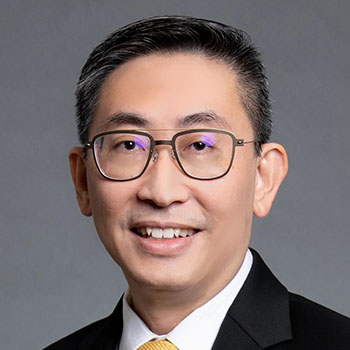
When COVID-19 struck, the healthcare sector effectively transitioned from merely ensuring the survival of core operations to producing rapid breakthroughs that saved lives and mitigated the pandemic’s damage.
“By prioritising innovation in times of crisis, vital capabilities and processes can be established, which in turn can unlock growth,” says Benedict Tan, Group Chief Digital Strategy Officer & Chief Data Officer, SingHealth.
Healthcare has historically lagged other industries in adopting new technologies, but the epidemic gave it a huge push to catch up. It underwent significant upheaval, forcing firms to reconsider their operational strategies in the face of fresh business models, unanticipated collaborations and expedited timescales.
During the crisis, the healthcare sector successfully made the switch from operation continuity to leading quick innovations that lowered mortality and reduced losses. Many of these changes are likely going to last.
The use of digital communication with patients and communities has also been more widely adopted by providers, as evidenced by their proactive message regarding COVID-19-related policies. Pharmaceutical and medtech firms have increased their spending on consumer interaction strategies and clinical trials that are digitally connected.
Although the pandemic has highlighted the extent to which healthcare may be provided remotely, such as virtual care and remote patient monitoring, as well as virtual cooperation for experts in the pharmaceutical and medtech industries, many aspects of healthcare still require in-person treatment.
This concept encourages greater flexibility and has made it possible for enterprises to access a wider range of talent. Many healthcare organisations will need to change their operations – and their mindsets – to adapt to these transformations and many more.
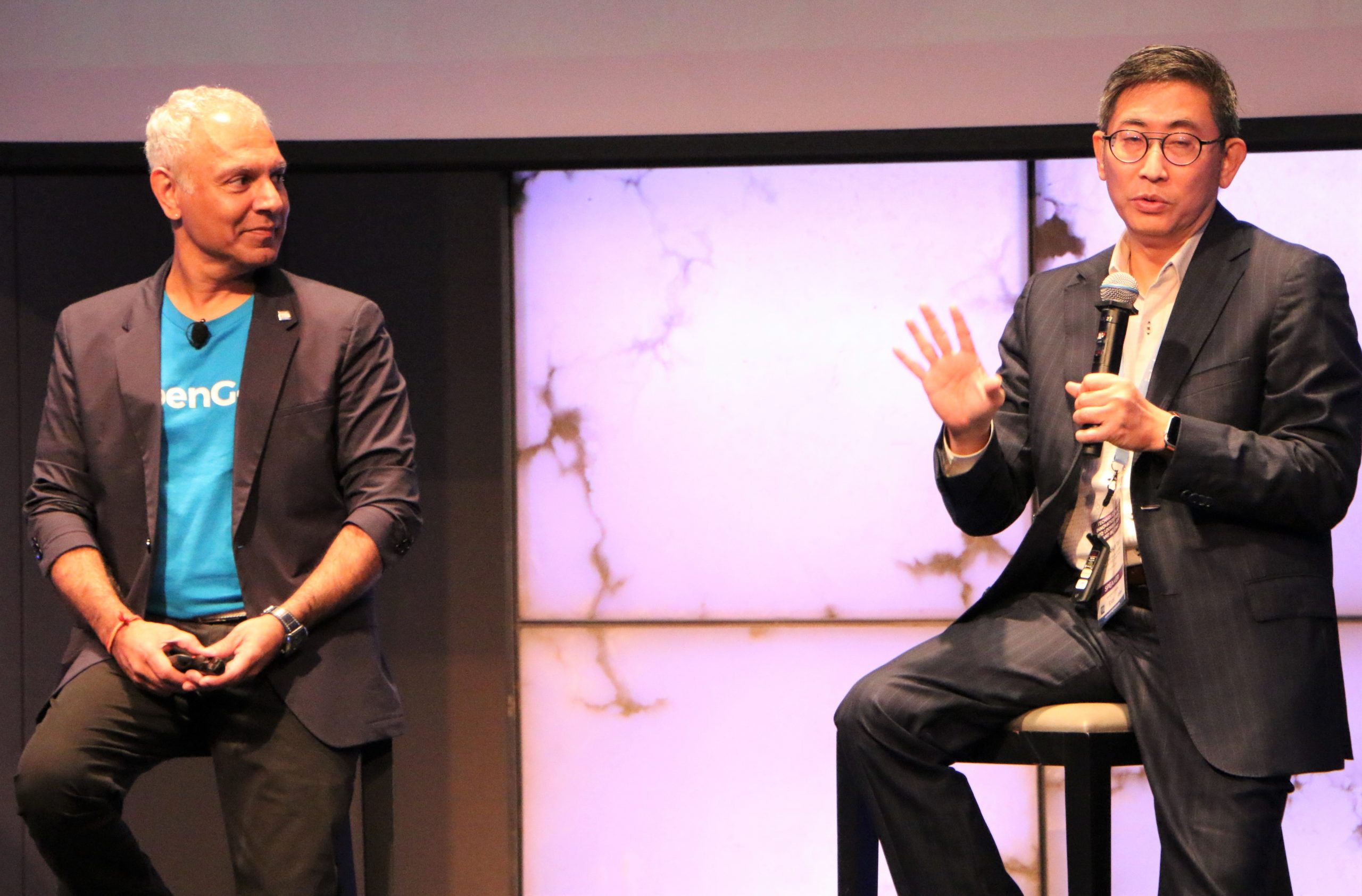 On the other hand, barriers to the advancement of digital health have ranged from a lack of consumer acceptance to poorly implemented IT systems. The amount of IT adoption, the management, development and design of digital health initiatives, as well as the function of digital leadership required to successfully lead health projects, are all poorly understood.
On the other hand, barriers to the advancement of digital health have ranged from a lack of consumer acceptance to poorly implemented IT systems. The amount of IT adoption, the management, development and design of digital health initiatives, as well as the function of digital leadership required to successfully lead health projects, are all poorly understood.
If successfully implemented, digital health offers enormous opportunities in health data analytics for both consumers and service providers. These opportunities include health information portability, consumer personalisation of health information, easy access to and utility of health information and better management of electronic data records by healthcare organisations and the government.
Despite guarantees given to customers, research indicates that digital information security and digital health innovation have been difficult and are just now becoming widely accepted.
More than ever before, the healthcare industry recognises the benefits of telemedicine. Patients can be treated at home via telemedicine instead of having to travel to a hospital. Therefore, if telemedicine is applied effectively and widely, the technology-enabled healthcare system can manage the enormous number of patients.
Large-scale human resource deployment for such helplines is not feasible. Therefore, in these situations, chatbots and virtual assistants might take the place of human resources.
The best contributions that technology has made to the healthcare industry include wearables, trackers, and sensors. With these tools, you can continuously monitor your health and use the alarms in the reports to seek medical attention.
Some tracking and monitoring tools record the users’ information and give it to their doctors. When there is a problem that requires immediate attention, doctors can let the user know.
The relevance of robust healthcare industry to a nation’s development is well documented throughout the world. However, the CoronaVirus outbreak in 2020 has elevated healthcare to a global priority. Innovation is more necessary than ever in the healthcare industry if we are to properly address the situation.
Leveraging Confidential Computing to Protect Data in Use
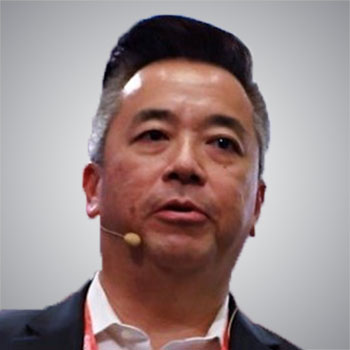
“Achieving digital transformation remains challenging,” says Christopher Tan, Partner Revenue Acceleration, Director, APJ, Intel. “The digital transition pushes the limits of what is required from a technical basis. It is not only about performance, but also about data placement, security, and productivity without limits.”
However, security or compliance challenges can impede or destroy corporate advances and prospects. These vulnerabilities might range from foreign hackers to insider dangers.
Christopher notes that some organisations are hesitant to move extremely sensitive data to the cloud due to concerns about the CSP’s data security or regulatory challenges.
To comply with data privacy requirements, firms may be required to undergo rigorous data anonymisation processes or employ synthetic data. This can slow down the process or lower the precision of AI or analytics algorithms.
Increasing demands for “data sovereignty” are also compelling businesses to seek means to prevent international corporations that may be subject to foreign subpoenas or government surveillance from accessing their data.
In addition, edge installations outside of highly protected data centres may put sensitive software or data intellectual property in danger. Solar Winds and other supply chain assaults have increased everyone’s awareness of the security measures of their suppliers.
Everyone desires enhanced security without sacrificing too much in terms of performance. If impregnable security renders an application unworkable, little value has been created. “With this, Intel data centre security enables two main categories of benefits,” Christopher says.
First, some technologies assist in hardening the infrastructure against attacks and preserving its integrity and availability. These protections are the traditional “security on defence” measures that keep organisations safe.
“Sometimes people wonder what Intel has to do with security. After all, we’re the company that delivers the microprocessors that power their PCs and servers,” observes Christopher.
At Intel, though, security technologies do more than merely reinforce the perimeter. Intel also offers solutions that equip organisations with the means to develop disruptive applications or services that deliver new value while maintaining the privacy of sensitive data. These “security on offence” technologies incorporate both crypto acceleration and confidential computing.
Regardless of the number of layers of robust software protection, there is always something underneath. An operating system or hypervisor flaw can compromise an application. Firmware corruption could compromise an operating system or security software.
Adding that the hardware is the base of the stack that runs data centres and is essential for securing everything higher up the stack. “The vendor of the hardware platform is the primary security concern.”
Intel spends substantially on safe development techniques to design security from the outset, as well as internal and
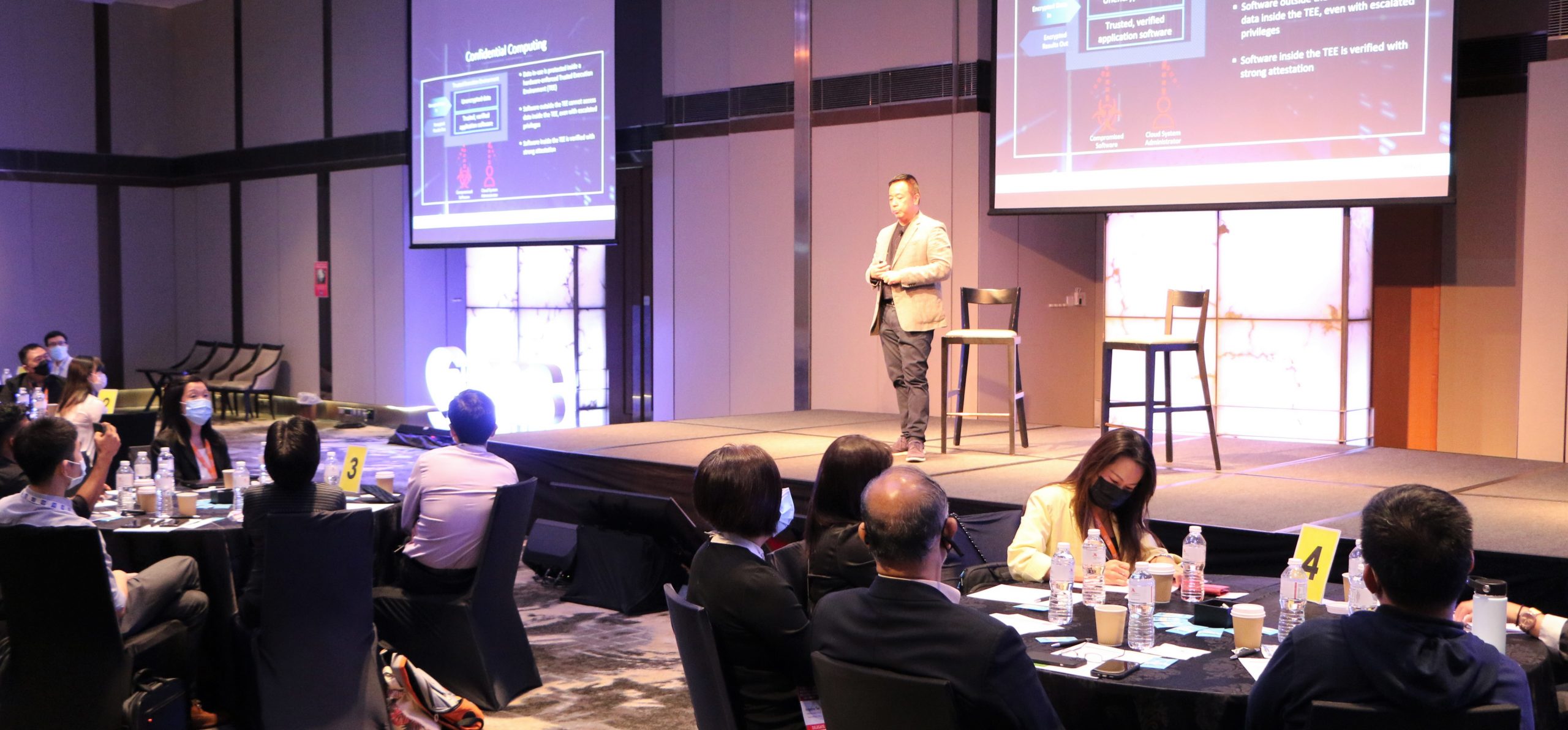
external research on its products to identify any vulnerabilities, remediate them to harden its platform and responsibly expose them to the market.
There are highly developed technologies to safeguard data at rest in storage, such as disc encryption, and data in transit, such as network encryption. These have been available for many years and are regularly utilised.
Historically, the “last mile” of data was exposed, that is, while data was actively being used by the processor and memory. This final void is now being filled by Confidential Computing. Confidential Computing is an industry-wide initiative to protect in-use data and code with memory encryption and hardware access limits.
All Confidential Computing solutions, as defined by the Confidential Computing Consortium, enable a hardware-enforced Trusted Execution Environment in which sensitive data and code can be used while being hidden from other software, system administrators and the cloud host.
Intel has the most deployed, validated and secure trusted execution environments for Confidential Computing in the industry. Although worries have diminished in recent years, many businesses continue to hold back specific applications from the cloud due to security or eavesdropping fears. The purpose of confidential computing is to keep the cloud service provider outside of the trust barrier.
Some customers, notably governments and key infrastructure, are perpetually threatened by enemies who are inventive and well-resourced. They are continually on the hunt for security-enhancing technologies.
Intel provides clients with the broadest selection of data protection choices to accommodate their diverse needs. In the past, encryption was largely used to protect communications between parties outside of their firewalls, such as between a business and a customer. Rarely was encryption used within an enterprise.
Encryption is now prevalent throughout all computing activities due to security awareness, privacy legislation, and leakage dangers. Communication between applications within the same data centre is encrypted. The data that is stored is encrypted. The usage of cryptographic procedures extends to user logins, content delivery and more.
In addition to its pervasiveness, encryption is becoming more robust to satisfy recommendations for quantum resistance as the world comes closer to actual quantum computers, which can crack a significant portion of today’s standard cryptosystems.
An organisation’s hardware platform is the FIRST significant security decision it must make, says Christopher. Intel data centre platform security can aid in infrastructure protection and allow new business capabilities. Its secure development, research and transparent communications serve to safeguard Intel platforms throughout their lifetimes.
ESG in the Public Sector and Financial Services: How Analytics Can Drive Better Outcomes

According to Dr Lu Yin, Principal Risk Advisor (Non-financial Risk), ASEAN, SAS, climate change, climate risk and environmental, social, and governance (ESG) considerations are becoming increasingly important strategic considerations for governments and financial services, including significant asset impairment, reporting and disclosure requirements.
ESG has used standards to indicate corporate cultural behaviour and its environmental impact as it is primarily used in the financial sector to allow investors to measure sustainability, ethics and corporate matters to forecast a company’s future performance.
Dr Lu acknowledges that it is becoming increasingly important for local and central government departments to conduct ESG-compliant procurement exercises. “The key to long-term business operations is sustainability.”
The value of ESG initiatives and their impact on business performance has already been demonstrated. Increasing regulatory scrutiny and consumer awareness are also driving forces behind ESG initiatives.
Both the public and private sectors are now aware of the growing importance placed on organisations’ ability to demonstrate that they are not simply complying with relevant requirements because they must, but because they have a genuine commitment to the issues beyond the scope of minimum compliance as set out in guidelines, legislation, or regulation.
Be that as it may, they are not devoting enough resources to it – not enough is being done and concrete steps must be taken.
ESG is rapidly rising in priority and organisations are becoming increasingly aware that ESG performance is critical in demonstrating business integrity. Organisations understand that getting the ESG proposition right leads to higher value creation and that ESG is much more than a passing fad or a feel-good exercise.
It is no longer acceptable for organisations to address their ESG planning passively in today’s environment. ESG criteria are the standards that a company uses in its operations. It is critical to make them public in disclosures and annual reports, as many socially conscious investors use ESG initiatives to screen potential investment opportunities.
The primary quantitative data for simple elements like carbon and water can be standardised. However, some companies wish to disclose rather obscure information. These factors may be essential to their operations or their investment base.
It is more important than ever to stay on top of it because employees, customers, and investors consider companies’ strategies, ESG performance and practices when deciding who to do business with, partner with, or invest with.
ESG is values-based investing, and many businesses are concerned with a variety of issues. Some firms are concerned with the same issues, such as climate change, and some ESG criteria are generally accepted.
Organisations that can leverage out-of-the-box capabilities via Advanced Analytics & AI solutions will be the next key players in the ESG race.
SAS can assist in the creation, storage, archiving, tracking and reporting of all data required for relevant ESG KPIs by utilising advanced analytics.
Horizon Scanning: Exploring What the Future Might Look Like to Understand Uncertainties, and Prepare Better

Emmanuel Jacque, Global Lead for Defense & National Security, SAS stated that in both periods of steady prosperity and excessive volatility, leaders place a high premium on getting increasingly precise projections. And now, when almost nothing appears to be guaranteed, organisations require accurate forecasting more than ever.
It is not a matter of making forecasts, but rather of meticulously examining information regarding future patterns. Horizon scanning enables organisations to assess their preparedness for potential opportunities and dangers.
Emmanuel presented a demo on achieving information superiority through strategic warnings. Strategic warning dashboards provide cognition to the commander, providing much-needed information in seconds. “Here, we get trends from the data we have at the same time, providing a global status across the Political, Military and Physical Environments, allowing us to recognise the level of emerging risk to our allied nations.”
It can quickly see the attributes across the environment where attention is required. This enables interpretation of what is occurring and why. At times, changing conditions require a heightened degree of situational awareness. By adding finer degrees of granularity to important risk indicators, it can swiftly determine what is happening and where. This is essential because it gives a sense not only of what is occurring but also of its intensity. This permits the prioritisation of actions.
“One of our objectives is to achieve a sufficient level of shared meaning so that those across the allied force can better understand what is going on,” says Emmanuel.
Obtaining specific information against geography, actor or event within a specified timeframe provides interpretation and aids the ability to understand, communicate and synchronise on deciding who is best suited to contribute to the operation as well as what is required in support of the operation, and where.
The GDELT, or Global Data on Events, Location, and Tone, is an openly available online archive that houses events extracted from the most important global news sources from 1979 to the present, according to Emmanuel.
The archive is updated daily with over 100.000 events and currently contains billions of entries in a machine-readable format that describes the event, the actors involved, geographical information, and other details.
Emmanuel emphasised that for this specific example, 5 years of history have been considered totalling over 300 million events and roughly half a terabyte of raw data. Due to the wealth of information stored in this repository, the potential to better comprehend a world that is both complex and always changing is great.
Interactive Session: How Can Organisations Use Smart Analytics, ML/AI to Improve Policymaking, Service Delivery, and Operations?
After the presentation, the delegates engaged in discussions with panellists from various industries. The session offers live audience engagement, encourages participation and enables individuals to learn and grow professionally from real-world experiences.
One of the delegates shared his thoughts that data, advanced analytics, ML and AI are turning out to be the next big ways to stand out. They help organisations run more smoothly, which improves results and keeps costs down. To be successful, the organisation needs to change in a way that affects all its parts.
 Democratising data means spending the least amount of money needed to keep the customers interested. The customers then use the information to make the most of what they already know. Starting with open data is a quick way to test a theory before moving on to bigger, more expensive digital inventions.
Democratising data means spending the least amount of money needed to keep the customers interested. The customers then use the information to make the most of what they already know. Starting with open data is a quick way to test a theory before moving on to bigger, more expensive digital inventions.
Another delegate highlighted that one strategy is to teach people inside a company how to plan, carry out and learn from reorganising. Leaders need to talk about how their reorganisation went, get feedback from everyone and learn how to do reorganisations better so that the next time they do one, the experience is better.
After the structure of an organisation has changed, there are transition activities to help people get used to the new structure. On the other hand, facilitating a conversation about what happened to the old organisation and what they want the new structure to look like goes a long way toward facilitating the transition.
After the shift, the organisation will be able to calibrate and launch its newly reorganised teams by focusing on people and relationships, work alignment, and workflow visualisation.
Almost every industry is integrating AI into its processes and products. AI is now crucial to a wide range of sectors, including manufacturing, banking, healthcare, and retail.
But for most enterprises, the challenge of applying AI at scale remains unresolved and irritating. By integrating and coordinating the scaling of people, processes, and technologies, businesses may help to assure the success of their AI initiatives.
Furthermore, when AI is widely used, it becomes most valuable. Scale refers to how deeply and broadly AI is incorporated into an organisation’s core product or service and business processes for business leaders who want to optimise business value utilising AI.
Machine Learning Operations, MLOps, is a new field that major AI organisations have begun to adopt. MLOps aims to build best practices and technologies to speed up the security, effectiveness and operationalisation of AI. MLOps can greatly increase the speed to market when properly deployed. Processes, people and tools are the three main areas that need time and resource investment to implement MLOps.
A panellist from a bank mentioned that they have a strategy for using AI and that it’s crucial to support the results with evidence. AI provides businesses with unprecedented opportunities, but also an enormous responsibility. Because of its direct impact on people’s lives, it has raised significant concerns about AI ethics, data governance, trust and legality.
Responsible AI is the practice of designing, developing, and deploying AI to empower employees and businesses while also having a fair impact on customers and society, allowing enterprises to develop trust and measure AI with certainty.
According to Asst Prof Eric Wong, Group Chief Clinical Informatics Officer National Healthcare Group, AI has a wide range of potential applications in the healthcare industry, including processing paperwork and billing. Medical experts anticipate that data analysis, imaging and diagnosis will have the biggest, most noticeable influence. “At the end of the day, humans continue to lead all other forms of the invention.”
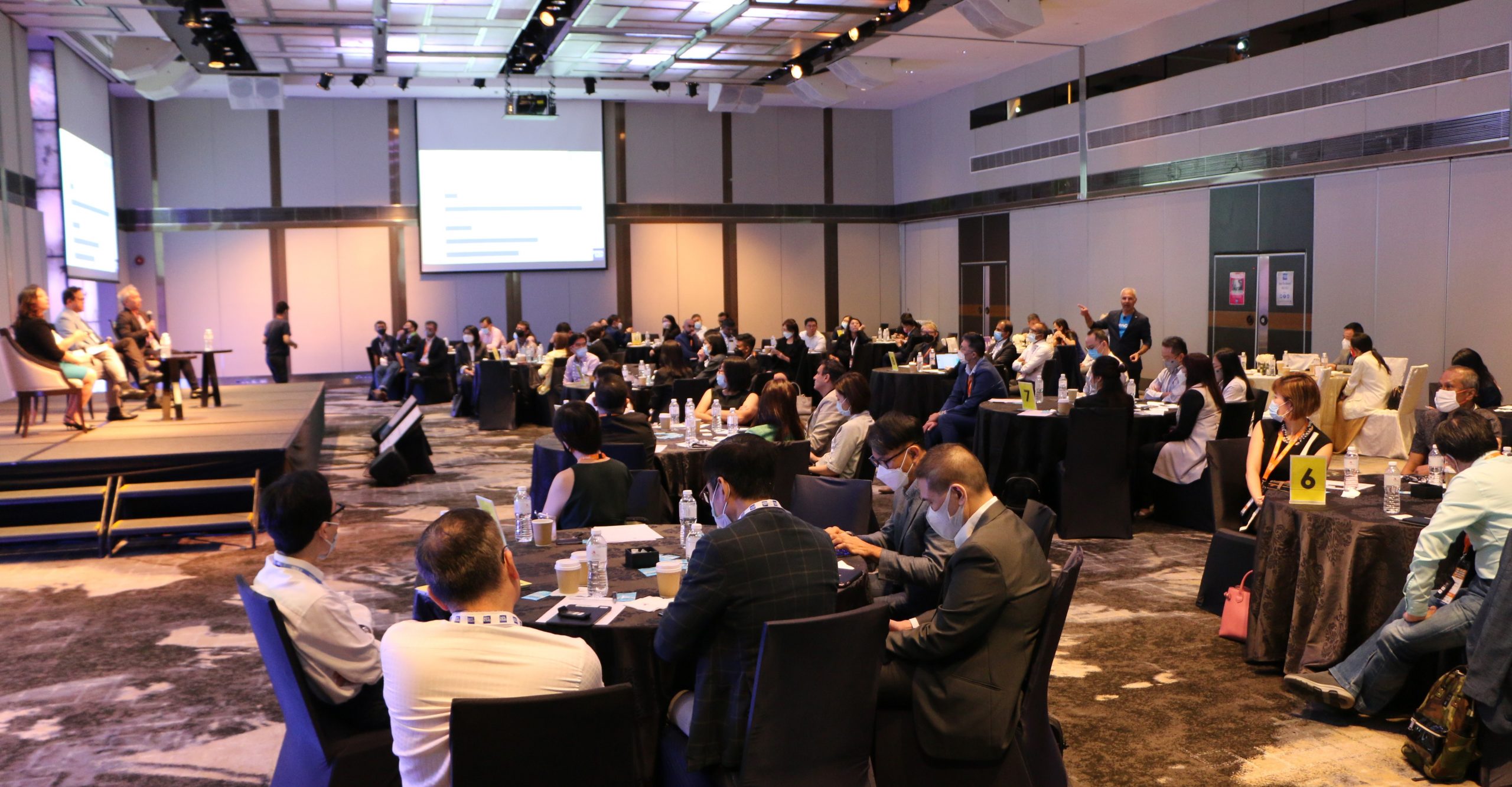 “You can shape key objectives and establish your governance strategy with Responsible AI, resulting in systems that allow AI and your business to thrive,” says Ratikant Sahu, Executive Director, Group Technology and Operations, United Overseas Bank.
“You can shape key objectives and establish your governance strategy with Responsible AI, resulting in systems that allow AI and your business to thrive,” says Ratikant Sahu, Executive Director, Group Technology and Operations, United Overseas Bank.
He stressed the significance of embracing the regulatory and governance framework and adhering to ethical standards and compliance requirements for a harmonious working relationship in all respects.
Manisha Khanna, Head, Cloud Data & Analytics Advisory, AP, SAS, revealed that SAS has its principles and framework which are aligned with the government.
Closing Remarks
The digital gap is a serious problem, but there are answers, Mohit emphasises. By introducing digital inclusion policies, programmes and technologies, the digital divide can be narrowed.
Access to basic services, jobs, lifelong learning and civic and cultural involvement depend on digital equity. To achieve digital equity, every citizen must have access to the technologies, tools and skills required to access affordable high-speed internet anywhere, at any time.
While he believes in people and technology, as well as the power of technology to improve people’s lives, Mohit is firmly convinced that “You can’t just put people into a new structure and expect them to work, and to achieve digital equity, digital inclusion programmes must be designed, implemented, and supported.”
He is optimistic it will become possible for organisations to transform, plan, implement actions, and make the best possible decisions for success through predictive analytics.
“Closing the gap between information technology and business to extract its full value; and accelerating transformation through data sharing, breaking down information silos, and exchanging data will make use of enabling technologies to serve the citizens and customers better,” Mohit concludes.
















